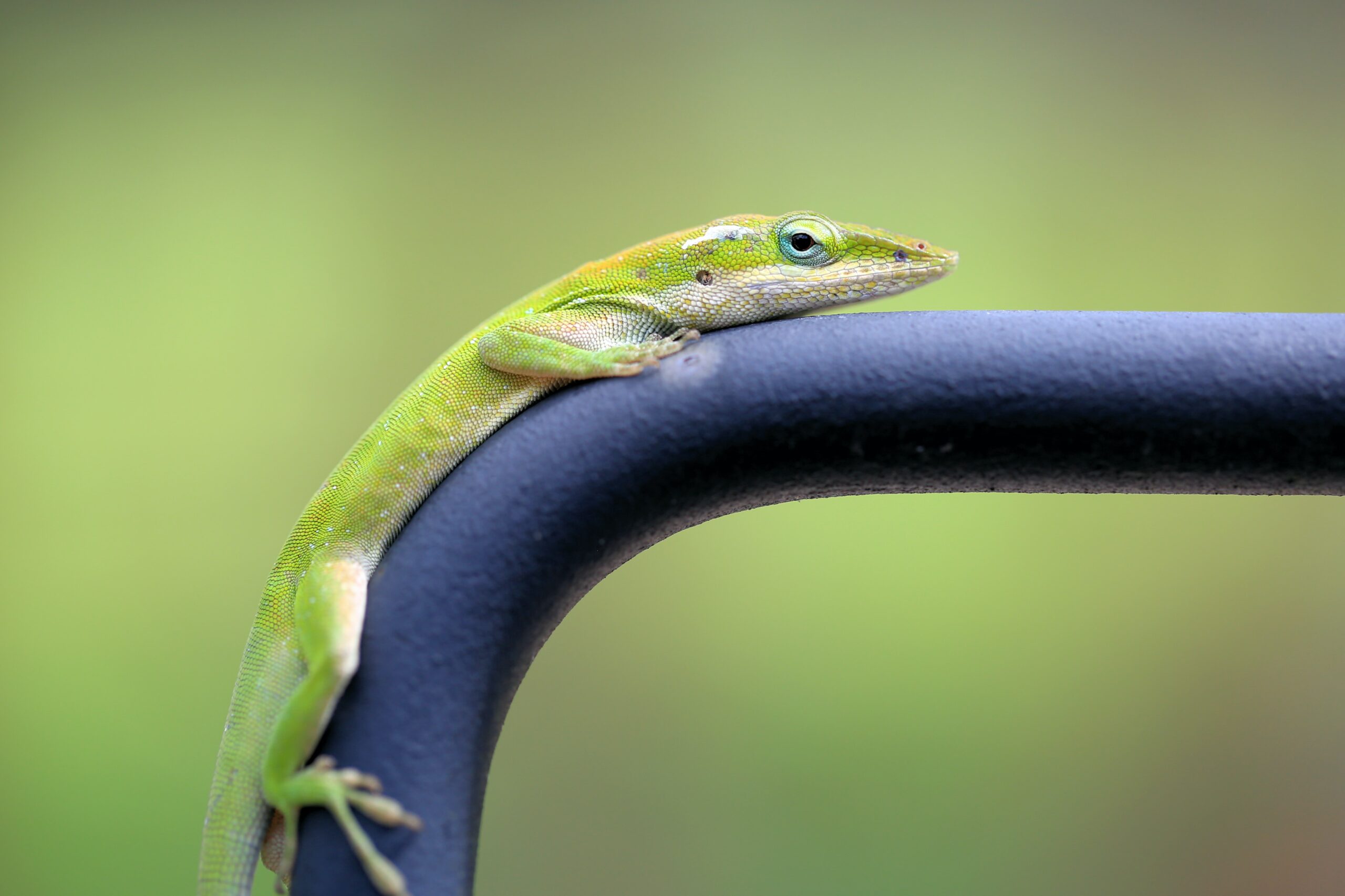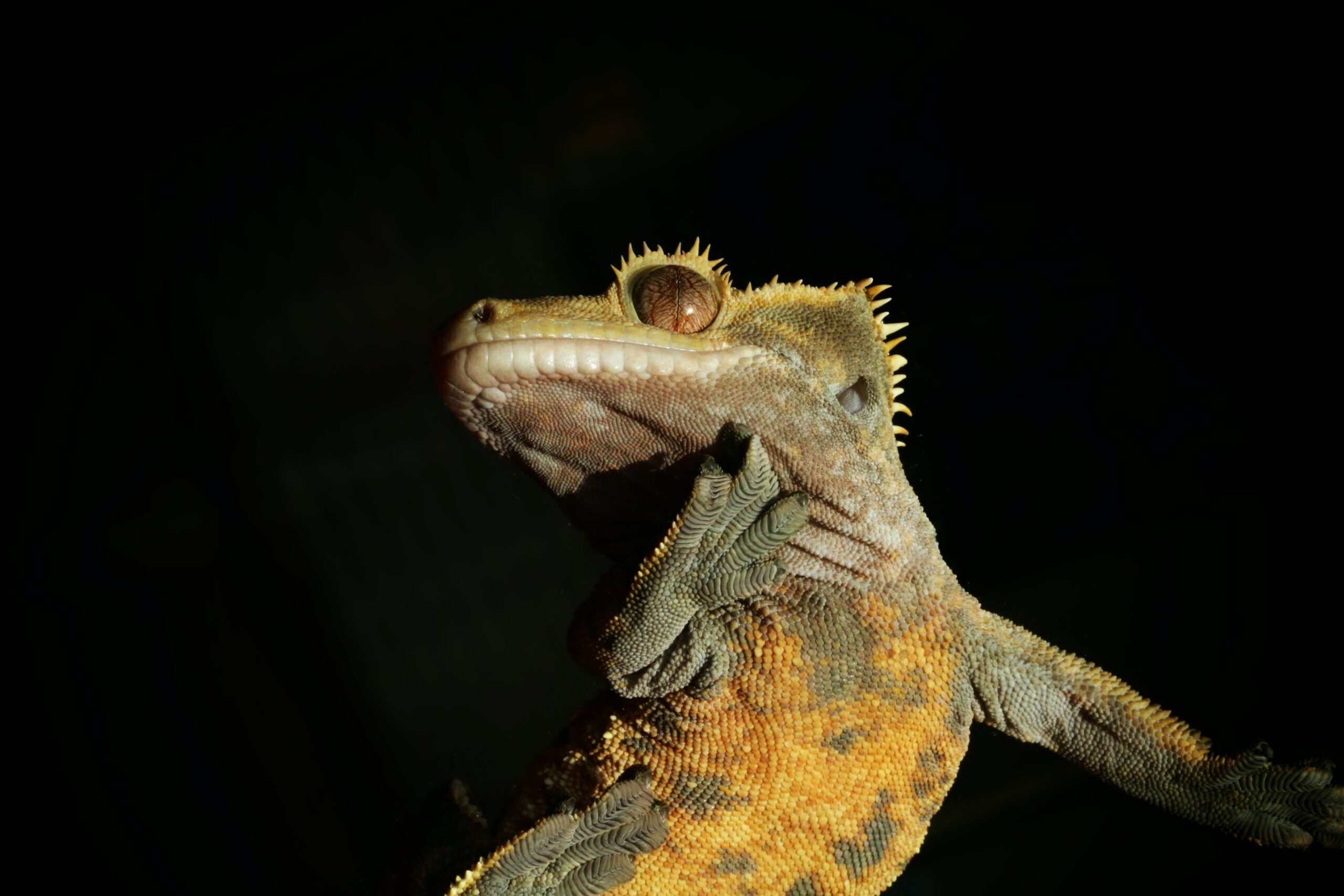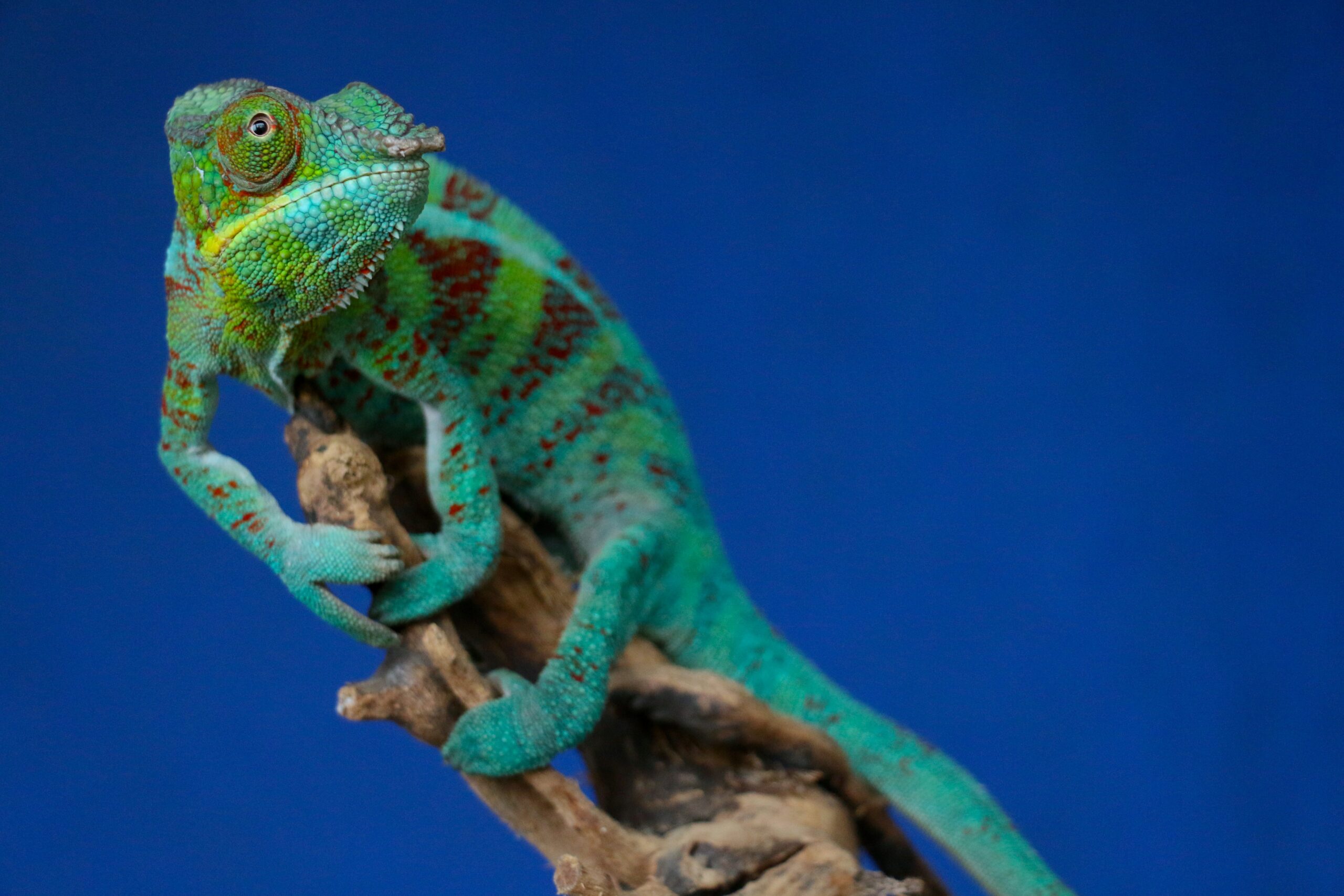Are you considering adding a pet lizard to your family? These scaly creatures make captivating and unique companions. With their intriguing appearances and captivating behaviors, pet lizards have become increasingly popular among reptile enthusiasts.
In this comprehensive guide, we will explore the diverse world of pet lizards, offering valuable insights into their characteristics, care requirements, and which species are ideal for different lifestyles. Whether you’re a beginner or an experienced reptile enthusiast, this article will provide you with the essential information you need to choose the perfect pet lizard for you.
Which pet lizard is ideal for beginners?
If you’re new to the world of reptiles, it’s essential to start with a pet lizard that is suitable for beginners. One popular choice is the Leopard Gecko. These small and docile lizards are relatively easy to care for and have a friendly temperament.
Leopard Geckos are known for their striking appearance, with unique patterns and colors. Another excellent option for beginners is the Bearded Dragon. These lizards are known for their calm nature and are relatively easy to handle. They have a charming personality and are often recommended as a great choice for families.
What are the most colorful pet lizards available?
If you’re captivated by vibrant colors and want to add a splash of beauty to your reptile collection, there are several colorful pet lizards to consider. The Panther Chameleon is renowned for its ability to change colors, displaying a dazzling array of hues.
These lizards are like living rainbows, captivating both children and adults. Another colorful option is the Uromastyx Lizard, known for its vibrant patterns and striking shades of orange, yellow, and red. These visually stunning lizards will undoubtedly make a statement in your reptile habitat.
How big do different types of pet lizards grow?
Size is an important consideration when choosing a pet lizard, as it determines the space they will require and the potential handling experience. Bearded Dragons are among the larger pet lizards, growing to an average length of 18-24 inches.
On the smaller side, we have the Leopard Gecko, which typically reaches a size of 6-9 inches. Crested Geckos fall in the intermediate range, growing to about 7-9 inches.
If you’re looking for a more substantial reptile companion, the Green Iguana might be a suitable choice, as it can grow up to 4-6 feet in length. Another medium-sized option is the Blue-Tongued Skink, which usually reaches 18-24 inches in length.
Can pet lizards be handled and trained?

Many pet lizards can be handled and even trained to some extent, although their level of interaction varies by species. Bearded Dragons, for example, are known for their docile and friendly nature, making them highly receptive to handling and training.
Leopard Geckos, although they don’t enjoy frequent handling, can still tolerate it if done gently. Crested Geckos are generally more inclined to observe their surroundings rather than being handled.
While Green Iguanas can be trained to an extent, they are generally less receptive to handling compared to other pet lizard species. It’s important to remember that every lizard has its personality and preferences, so it’s crucial to approach handling with patience and respect.
What are the best pet lizards for small living spaces?
If you have limited living space but still want to enjoy the companionship of a pet lizard, some options are well-suited for small habitats. The Leopard Gecko is a great choice for small living spaces, as they require a relatively small enclosure and don’t need elaborate setups.
Another suitable option is the Crested Gecko, which can be housed comfortably in a vertical terrarium, utilizing the height rather than the floor space. These smaller pet lizards can thrive in compact environments, making them ideal for apartments or homes with limited space.
Are there any pet lizards that are hypoallergenic?
Allergies can sometimes pose a challenge for pet owners, but fortunately, there are hypoallergenic options among pet lizards. The Leopard Gecko is considered hypoallergenic, as they produce fewer allergens compared to other reptiles.
However, it’s important to note that individual reactions may vary, so it’s always advisable to spend time with the lizard before bringing one home if you have known allergies. Additionally, maintaining a clean habitat and practicing good hygiene, such as regular hand-washing after handling your pet lizard, can help minimize potential allergens.
| Species | Hypoallergenic Level | Recommended for Allergy-Prone Individuals? |
|---|---|---|
| Leopard Gecko | Low | Yes |
| Crested Gecko | Low | Yes |
| Bearded Dragon | Low to Moderate | Yes (with caution) |
| Blue-Tongued Skink | Low to Moderate | Yes (with caution) |
| Ball Python | Low to Moderate | Yes (with caution) |
What are the most low-maintenance pet lizards?
For those seeking low-maintenance companionship, certain pet lizards require minimal care. Leopard Geckos are known for their low-maintenance requirements, as they have simple dietary needs and are generally hardy reptiles.
Another low-maintenance option is the Crested Gecko, which requires a relatively simple setup and a diet consisting mainly of commercially available powdered food. These lizards can be a great choice for busy individuals or families with limited time to devote to extensive reptile care.
Which pet lizards are known for their unique behavior?
If you’re looking for a pet lizard with distinct behaviors and habits, the Frilled Lizard is a fascinating option. These lizards have a unique ability to expand a frill of skin around their head and neck when threatened or displaying aggression.
This behavior is both captivating and a defense mechanism. Another interesting choice is the Anole Lizard, known for its ability to change color and its impressive jumping abilities. Observing their vibrant color changes and acrobatic maneuvers can provide endless entertainment.
How can you create the perfect habitat for your pet lizard?
Providing an appropriate habitat is crucial for the health and well-being of your pet lizard. Start by selecting an enclosure that is spacious enough for your lizard’s size and activity level. Different species have specific habitat requirements, including temperature, humidity, and lighting.
Research the needs of your chosen lizard and create a setup that mimics their natural environment as closely as possible. This typically includes a suitable substrate, hiding spots, climbing branches, and temperature-regulating elements such as heat lamps or heating pads. Regularly clean the habitat to maintain optimal hygiene and reduce the risk of infections or diseases.
Are there any pet lizards that can live in groups?
While most pet lizards are solitary animals, some species can thrive in group settings. Anoles, for example, can be kept together in groups, as long as the enclosure provides enough space and hides for each lizard.
It’s essential to monitor their behavior closely and ensure that aggression or dominance issues don’t arise. Another lizard that can coexist in groups is the Blue-Tongued Skink, although they tend to be less social compared to other group-dwelling reptiles.
Always research the specific social tendencies of the species you’re interested in and provide appropriate group housing if applicable.
What are the most interactive pet lizards to own?

If you’re looking for a pet lizard that can provide interactive experiences, the Tegu Lizard is a fantastic choice. Tegus are known for their intelligence and social nature. With proper handling and socialization, they can become affectionate toward their owners.
Bearded Dragons are also highly interactive, enjoying human interaction and even responding to their owner’s presence. These lizards thrive on social stimulation and can form strong bonds with their human companions.
Can you feed pet lizards a diet of insects alone?
Insects form a significant part of the diet for many pet lizards, but it’s essential to provide a varied and balanced diet. While insects are an excellent source of protein, they may lack essential nutrients found in other food items.
It’s advisable to supplement their diet with other foods such as leafy greens, vegetables, fruits, and occasionally small amounts of vertebrates like pinkie mice or fish. Consult with a reptile veterinarian or do thorough research on the dietary requirements of your specific pet lizard to ensure they receive a nutritionally balanced diet.
Which pet lizards are the best climbers?
When it comes to climbing prowess, certain pet lizards stand out with their exceptional abilities. If you’re looking for a reptile companion that excels in scaling heights and navigating vertical surfaces, consider these top climbing lizards:
-
Crested Gecko: Known for its adhesive toe pads, the Crested Gecko can scale vertical surfaces with ease.
-
Tokay Gecko: This impressive climber possesses powerful limbs and specialized toe pads that allow it to cling to various surfaces.
-
Ameiva Lizard: With their long and agile bodies, Ameiva lizards are skilled climbers, adept at traversing rocks, trees, and other elevated surfaces.
Are there any pet lizards that enjoy being handled?
While not all pet lizards enjoy frequent handling, some species are more tolerant and even enjoy interacting with their owners. Bearded Dragons are known for their calm and friendly demeanor, often enjoying being held and even riding on their owners’ shoulders.
Blue-Tongued Skinks can also tolerate handling and can become comfortable with regular interaction. It’s important to remember that individual lizards may vary in their preferences, so always approach handling with caution and respect the lizard’s boundaries.
What are the most exotic and rare pet lizards?

For those seeking a truly unique and rare pet lizard, the Gila Monster is an extraordinary choice. Known for its venomous bite and stunning black and orange patterns, the Gila Monster is a highly sought-after reptile.
However, owning a Gila Monster requires specialized knowledge and permits due to its venomous nature. Another rare and exotic option is the Chameleon, specifically the Veiled Chameleon, which exhibits fascinating color-changing abilities and impressive body adaptations. These exotic lizards can be a captivating addition to any reptile enthusiast’s collection.
Final Remarks
Pet lizards offer a world of fascination, beauty, and unique companionship. From the beginner-friendly Leopard Geckos to the vibrant Panther Chameleons, there is a lizard suitable for every reptile enthusiast.
Consider factors such as size, temperament, care requirements, and the level of interaction you desire when choosing a pet lizard. Create a suitable habitat that mimics their natural environment, ensuring their physical and mental well-being.
Whether you’re seeking a low-maintenance companion or an interactive lizard to bond with, the world of pet lizards holds endless possibilities. Embark on this captivating journey and experience the joy of owning a pet lizard like no other.




